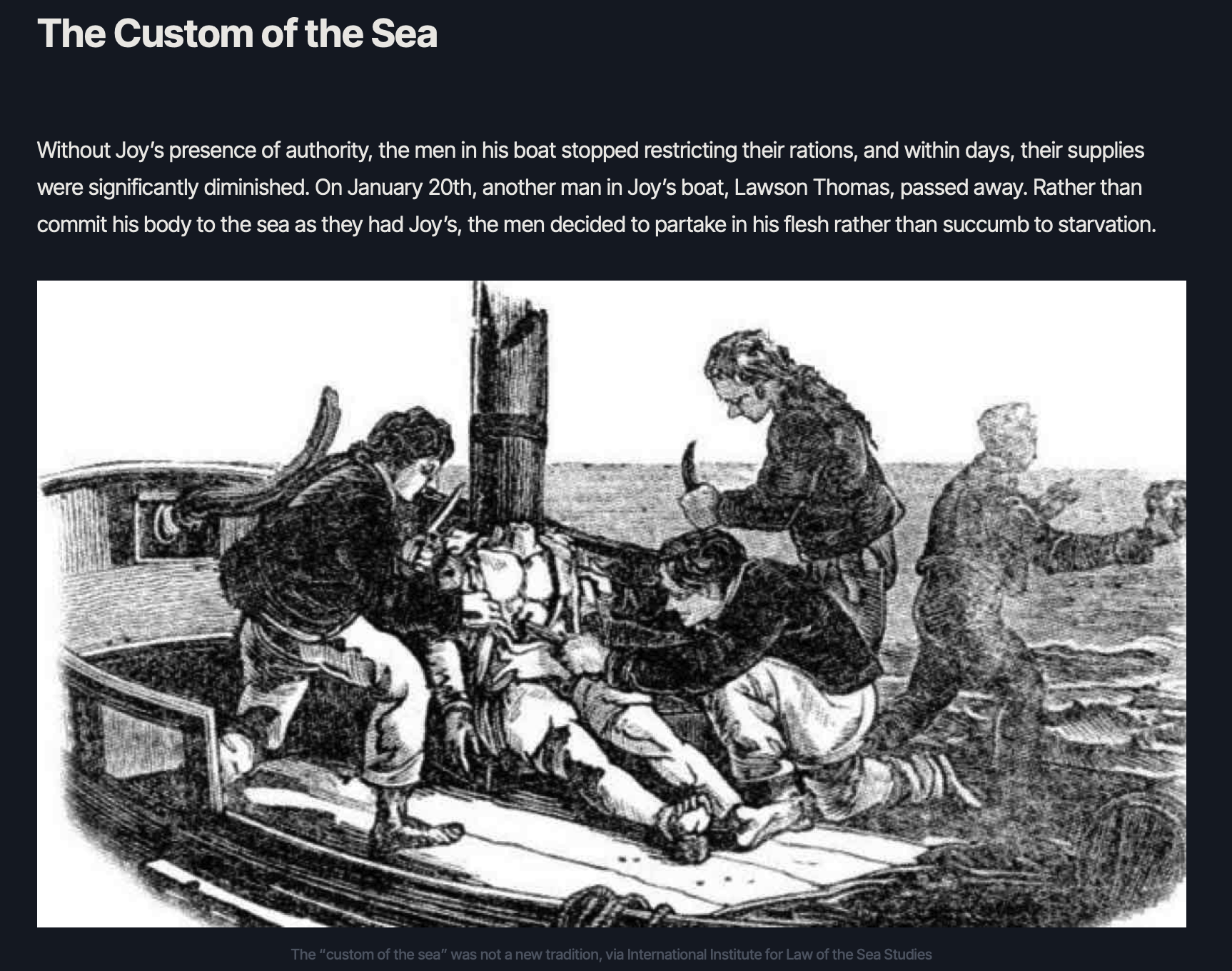
The psychology of the flight or fight responses sheds light on the differing instincts individuals manifest when faced with potential threats. Those with a default to flight may advocate for disarming possible attackers, believing that reducing access to weapons will minimize the likelihood of violence. Conversely, individuals who default to fight are inclined to empower potential protectors by advocating against victim disarmament, emphasising the need for self-defense in critical situations.
The Flight Response: Disarming Potential Threats
The flight response, as traditionally understood in psychological and evolutionary contexts, prioritizes self-preservation and avoidance of confrontation (Cannon, 1932). In contemporary society, this often translates to advocating for disarmament as a means to reduce potential violence. Government advisories during a terrorist event—such as the recommendation to “run and hide”—epitomize this response. It emphasizes safety through avoidance rather than confronting the threat directly.
Research supports this trend; for instance, a study by Nivette et al. (2019) suggests that risk-averse individuals tend to favour policies that allow for the use of firearms as a deterrent, believing that such measures can contribute to a reduction in overall violence. This viewpoint is often rooted in the assumption that disarming citizens will lower the chances of violent encounters. In Australia, while it is not illegal to use a firearm as a deterrent against an aggressor, victims who do so often face legal consequences. As a result, we have little insight into the number of incidents where firearms are used effectively as deterrents. Why would you report a crime as the victim only to be treated like a criminal.
The Fight Response: Empowering Potential Protectors
In contrast, those inclined toward a fight response advocate for arming individuals who can defend themselves and others. This instinct is grounded in the understanding that during imminent threats—such as a terrorist attack—first responders (like police) may be minutes away, ideally leaving civilians capable of defense as the first line of protection.
A study by Lott and Landes (2000) provides evidence that states allowing citizens to have access to firearms experience lower rates of violent crime. This finding suggests that empowering law-abiding citizens through access to firearms can act as a deterrent to criminal activity and provide a critical response mechanism during violent encounters.
The Essex Disaster: A Case Study in Fear-Driven Decisions
The tale of the Essex disaster in 1820 serves as a poignant example of the perils associated with fear-driven decision-making. Faced with irrational fears of cannibalism, the crew opted for an arduous journey by lifeboat, ultimately succumbing to thirst and resorting to cannibalism for survival. Their fear overshadowed rational assessment of their circumstances and capabilities.
Today, many politicians demonstrate a parallel fear toward licensed firearm owners, equating them with potential mass murderers rather than acknowledging their status as possible protectors. This societal fear mirrors the crew’s irrational fears in the Essex disaster, leading to an illogical narrative that advocates for disarmament over empowerment.
The official guidance given during potential terrorist attacks—encouraging individuals to run and hide—is reflective of the flight response. A more nuanced approach would advise that those who possess the training and confidence to defend others should be empowered to do so rather than disarmed. The dichotomy between flight and fight reveals a fundamental difference in how societies assess threats and potentially limit the capacity of responsible citizens in crisis situations.
Conclusion
The difference between flight and fight responses not only shapes individual behaviours but also influences public policy related to firearm ownership and personal security. In light of the Essex disaster and the irrational fears surrounding licensed firearm owners today, it becomes vital to reconsider the narratives that dictate responses to threats. Equipping responsible citizens to protect themselves and others, especially when threats can unfold in seconds, may ultimately enhance public safety rather than diminish it.
References
- Cannon, W. B. (1932). The Wisdom of the Body. W. W. Norton & Company.
- Nivette, A., et al. (2019). “The relationship between fear and crime: A systematic review and meta-analysis.” Social Science Research Network .
- Lott, J. R., & Landes, W. M. (2000). “Assessing the deterrent effect of handgun ownership on crime rates.” Journal of Criminal Justice .